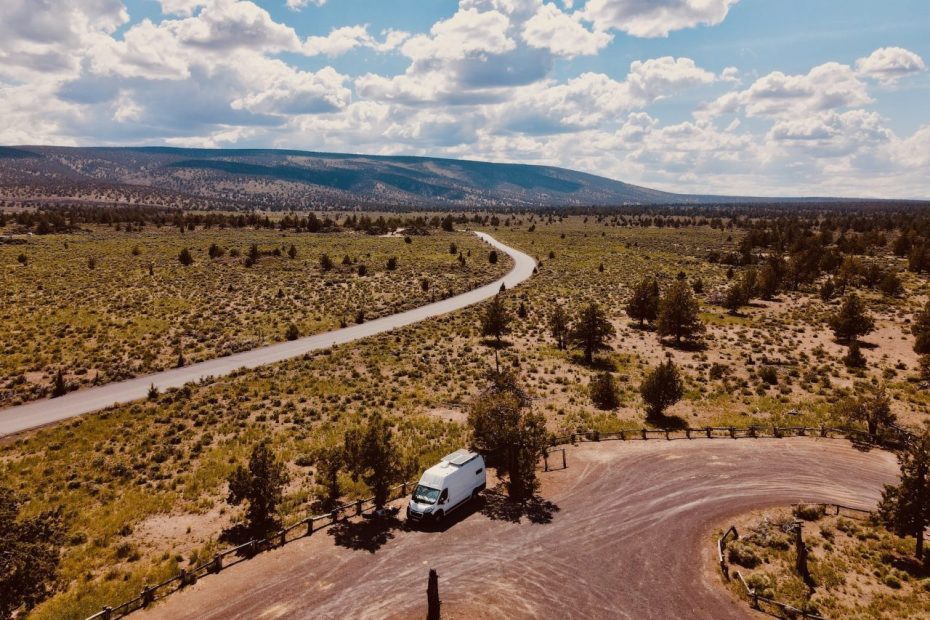Embarking on an RV travel in the USA has been a lifelong dream that I recently fulfilled. Bringing my camper all the way from Europe, I set out to explore the country’s breathtaking landscapes, from renowned national parks to hidden gems in state parks.
Yet, I quickly realized that RV travel in the United States differs significantly from Europe. Limited campgrounds, restrictions on wild camping, and service-related challenges caught me off guard.
To help you prepare for your own RV adventure, I’ve written this article with valuable insights, practical tips, and advice. Discover what to expect, plan your trip accordingly, and make the most of your vacation in this captivating country.
Let this article be your inspiration and guide as you uncover the wonders of traveling by RV in the USA!
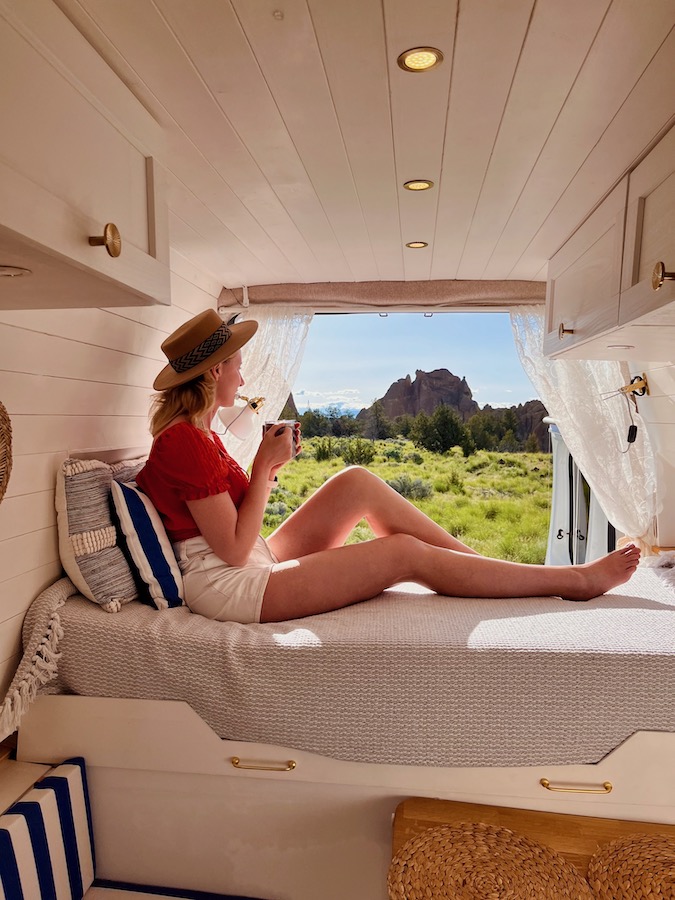

Table of Contents
1. Campground Availability in the United States is Limited
Discovering the limited availability of campground spots was a surprising aspect of my camper journey in the US. With camper travel gaining immense popularity, campground spaces are often in high demand, particularly during weekends and national holidays.
The allure of RV travel in the USA has captivated both Americans and tourists, resulting in intense competition for campground spots. Certain popular campgrounds offer a limited number of spaces, necessitating the need for advanced reservations.
For sought-after destinations like famous national parks or popular tourist regions, it’s advisable to make reservations up to six months in advance.
To avoid disappointment and the stress of searching for available spots upon arrival, it’s highly recommended to secure your campground spot well ahead of time. Most campgrounds accept reservations several months prior to your planned trip, guaranteeing you a comfortable place to rest for your camper.
Effective planning and early reservation of campground spots are crucial for a rewarding camper journey in the United States.
Embrace an unforgettable adventure, immersing yourself in breathtaking sights, all while enjoying the peace of mind that you’ll have a comfortable place to unwind each night.
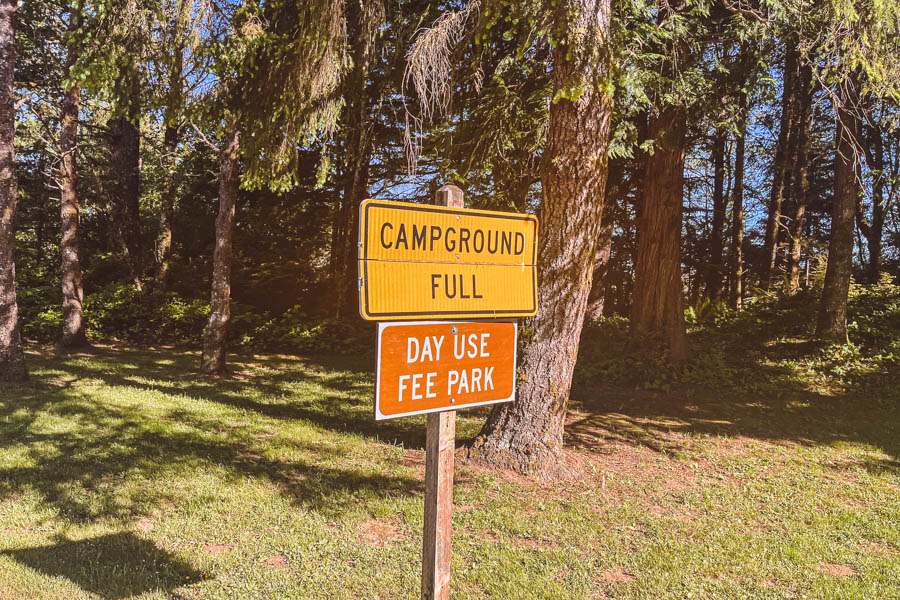
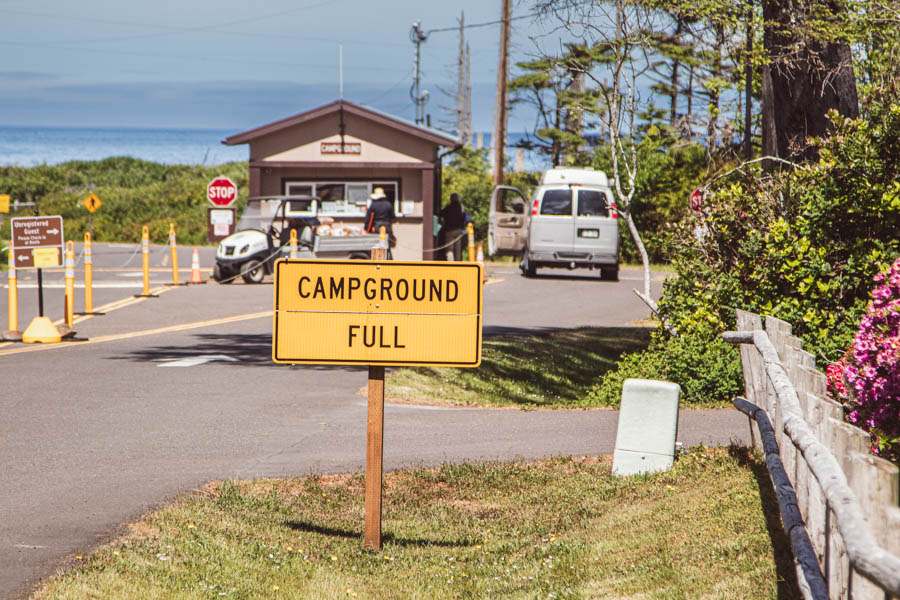
2. Dispersed Camping is Not Allowed Everywhere in the US
When traveling by RV in the United States, it’s important to know that dispersed camping is not allowed everywhere. In some places, especially popular tourist destinations, there are restrictions and prohibitions on wild camping. To avoid any issues, it’s recommended to search for suitable overnight parking locations before your departure.
Some places are designated for daytime parking only with specific hours. You may come across signs that say No overnight parking or No overnight camping, which can be misleading. Therefore, it’s always worth familiarizing yourself with local parking regulations before your trip.
While dispersed camping is allowed in state forests, there are also areas where it’s prohibited. As a last resort, you can use traveler rest areas. Keep in mind that each state has its own requirements regarding overnight camping in an RV.
To find dispersed camping spots for your RV, you can use helpful apps like The Dyrt or iOverlander. However, remember that the information in these apps may not always be up to date. It’s important to double-check if wild camping is allowed in a specific location to avoid any conflicts with law enforcement.
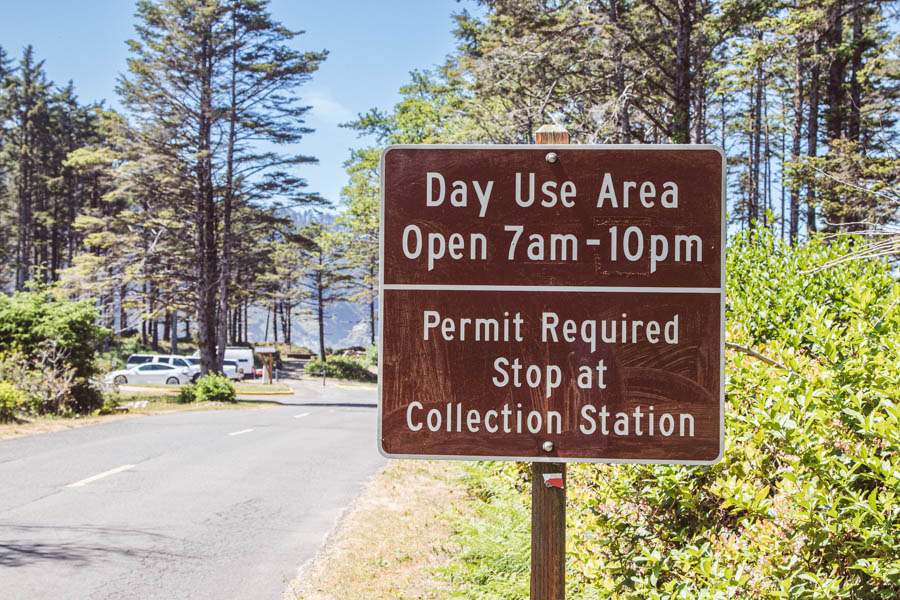
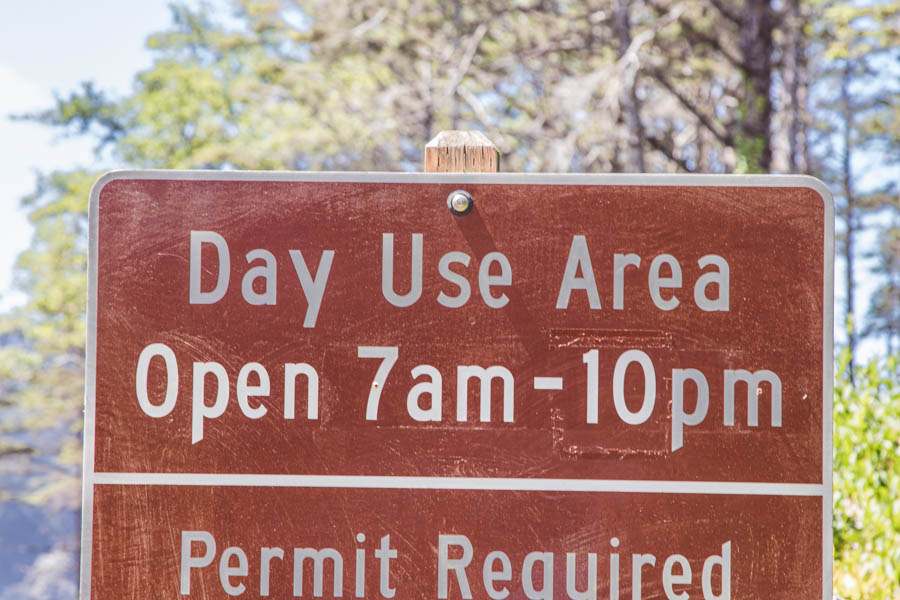
3. Many Campgrounds in the US Require Entrance Passes
When traveling by camper in the United States, it’s important to know that many campgrounds require special entrance passes.
Campgrounds managed by federal or state agencies often have specific requirements for access. One popular example is the America the Beautiful pass, which grants entry to national parks and federally-managed recreational areas. Additionally, individual states issue their own passes for access to state parks and other facilities under their jurisdiction.
Obtaining these passes can be beneficial, especially if you plan to visit multiple state and national parks. They provide convenient access to campgrounds and can help you save on accommodation costs.
Before your trip, I recommend checking the entrance pass requirements on the official websites of the relevant agencies and parks you intend to visit. It’s important to note that not all state campgrounds require entrance passes, as some offer single-use permits for camping spots.
By ensuring you have the appropriate passes, you’ll be well-prepared to enjoy a wide range of campground locations throughout the United States. Don’t miss out on the opportunity to explore the diverse beauty of this country while having convenient access to its remarkable campgrounds.
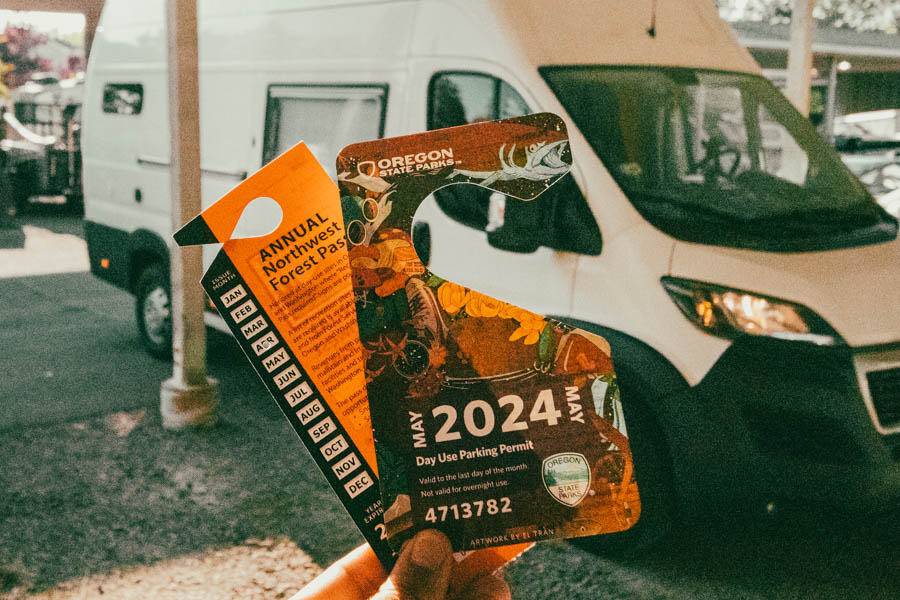
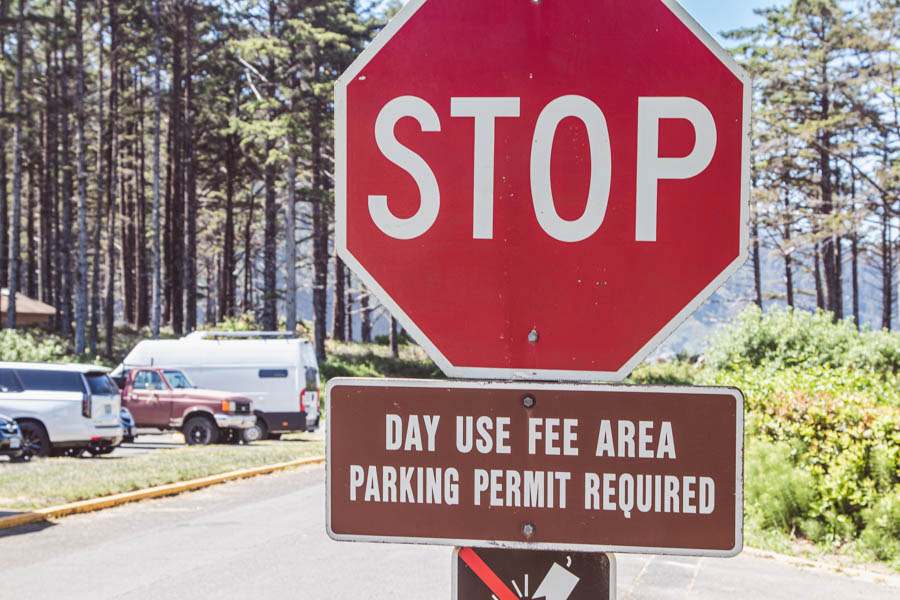
4. Some Parks Have Restrictions on Vehicle Size
When planning an RV travel in the USA, it’s crucial to consider vehicle size restrictions in certain national and state parks. Understanding these limitations is particularly important if your vehicle exceeds the standard dimensions.
For example, Yosemite National Park in California enforces vehicle size restrictions on specific roads like Mariposa Grove Road and Glacier Point Road, which include limitations on vehicle length, width, and weight.
Similarly, Bryce Canyon National Park in Utah has vehicle size restrictions in designated areas such as Sunrise Point and Inspiration Point Road, with limitations on vehicle length.
To ensure a seamless and enjoyable trip, it’s highly recommended to conduct thorough research and familiarize yourself with the official park websites’ information.
By doing so, you can verify if your camper meets the size requirements and appreciate the breathtaking beauty of these remarkable destinations without any complications.
Remember, vehicle size restrictions are in place to safeguard the parks and preserve their natural splendor. By adhering to these regulations, you’ll have the opportunity to immerse yourself in the awe-inspiring landscapes and pristine nature that the US national parks offer.
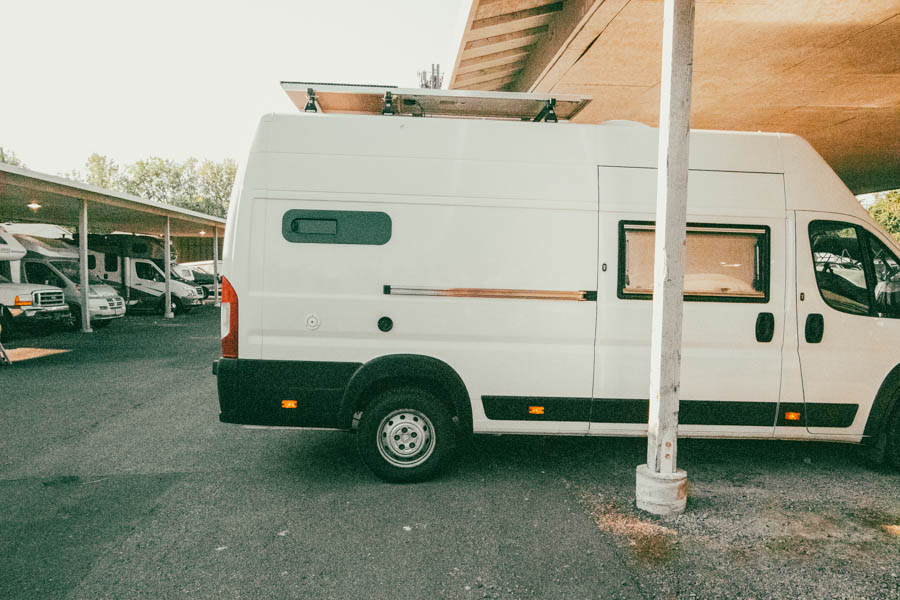
5. RV travel in the USA: RV Dump Stations Are Paid
When traveling by camper in the United States, it’s important to be aware that most camper service facilities are paid, which differentiates them from many places in Europe. Typically, there is a one-time fee of around $10 for using these amenities.
Camper service facilities are usually located at campgrounds and are not included in the camping fee. This means that even if you pay for a campsite, you may need to incur additional costs for utilizing the camper service facilities.
In less touristy areas, it can be challenging to find facilities for dumping gray water or emptying the toilet, even for a fee. If you’re planning a longer trip or exploring remote regions, it’s advisable to plan ahead and carry extra water in containers. This way, you’ll have access to water in case your stay extends unexpectedly outside of areas with infrastructure.
To ensure convenience and comfort during your camper journey in the United States, it’s recommended to familiarize yourself with the availability and fees of camper service facilities at each location. Useful information can be found on the official websites of national and state parks. Additionally, the mentioned apps, such as The Dyrt and iOverlander, can be valuable resources in this regard.
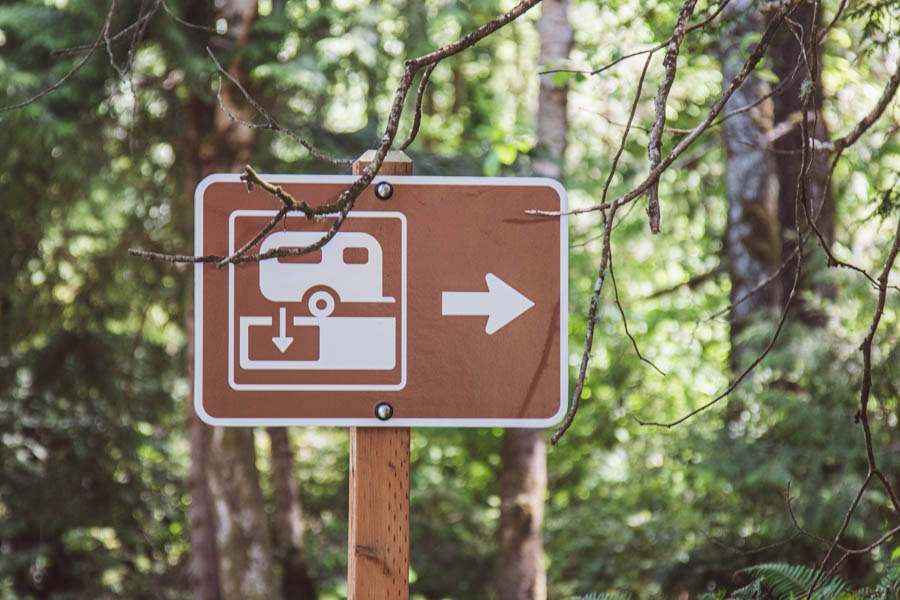

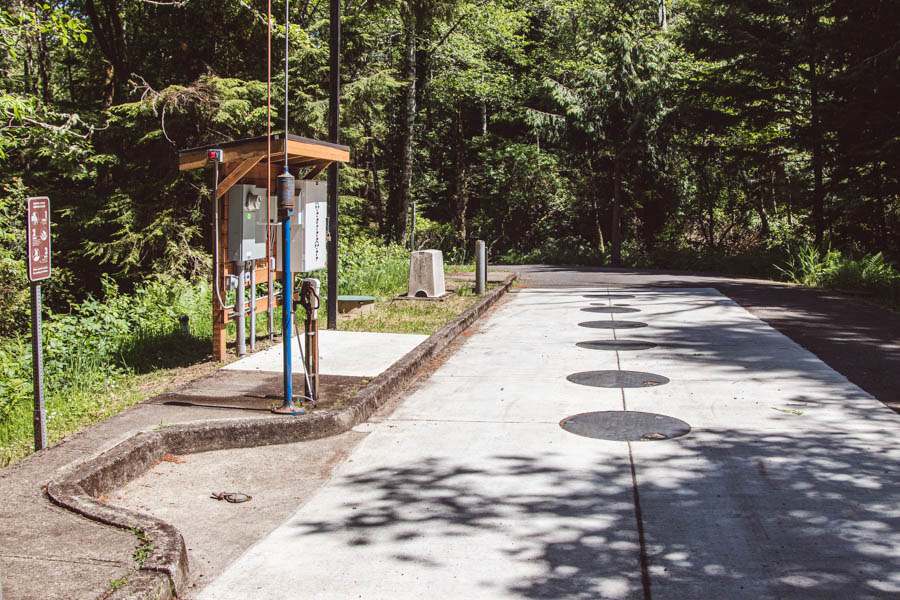

6. Outside the City There is No Internet and Mobile Coverage
When planning a camper trip in the United States, it’s crucial to consider the limited availability of internet and cellular network outside of urban areas. This can pose challenges when you require instant online access to information about your desired destinations or if you plan to work remotely during your camper journey.
Rural, mountainous, and wooded areas often experience weak or unstable internet and cellular coverage. However, there are solutions to enhance your camper’s internet connectivity, such as acquiring a local SIM card, utilizing a router, and installing a signal booster antenna.
To mitigate internet access issues, it’s advisable to download offline maps onto your mobile device prior to your trip. This way, you’ll have reliable navigation capabilities even without an internet connection. Furthermore, I recommend checking the internet availability at your selected campsites before arriving. Please note that some campgrounds may impose an additional fee for internet usage.
In my experience, coverage tends to be better on plains compared to mountainous or wooded areas. When mapping out your camper adventure in the United States, take this information into account and adjust your expectations regarding internet availability according to the specific regions you plan to explore.
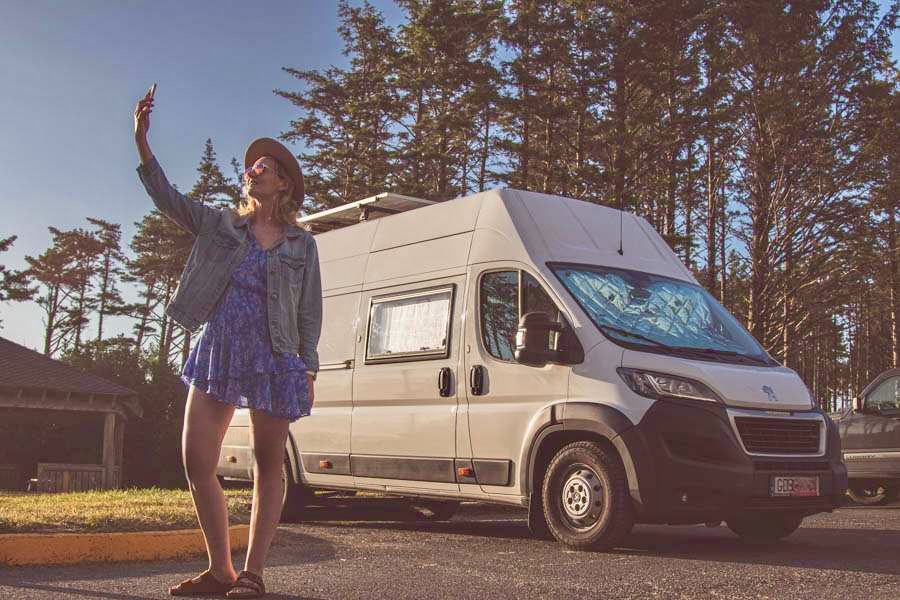

7. RV travel in the USA: Distances Between Attractions Are Significant
When planning a camper trip in the United States, it’s crucial to consider the significant distance between attractions. The vastness of the country means that some places can be miles apart, requiring careful consideration when mapping out your route.
It’s important to understand that individual states in the USA can be as expansive as entire countries in Europe. This reality means that you may not be able to visit all the attractions on your list. Instead of rushing through numerous places in a limited time, it’s more rewarding to choose a few destinations and delve deeper into their exploration.
Prior to your journey, it’s beneficial to compile a list of attractions you genuinely wish to see and verify if they are located within the same state or neighboring states. This approach helps avoid unnecessary stress and allows for a relaxed exploration of national and state parks.
Keep in mind that traveling by camper in the United States offers more than just discovering various attractions – it’s about relishing the entire journey and immersing yourself in nature. Proper route planning and setting priorities will enable you to fully savor your adventure.


8. Campsites in the USA are More Expensive than European Ones
If you’re planning a camper trip in the United States after experiencing European campsites, it’s crucial to understand the price variations. Generally, campsites in the USA tend to be more expensive than their European counterparts.
Luxurious campsites with amenities such as pools in the USA can reach up to $200 per night, while coastal campsites in California or Florida also come at a premium due to their prime locations and beach access. Prices typically range from $60 to $150 per night. When factoring in the daily camper rental costs, camper travel can become expensive and exceed the budget of many travelers.
For more budget-friendly alternatives, consider campsites within national and state parks. The cost of staying in these campsites varies between approximately $30 and $100 per night, depending on the location and available facilities. Keep in mind that certain parks may require an additional reservation fee of around $10.
When planning your trip in the United States, it’s advisable to select campsites that align with your budget. Prior to your departure, conduct thorough research on prices and explore different campground options in your chosen regions. Being flexible and open to potential campground changes or last-minute reservations can also help reduce costs.
By considering these factors, you can make informed decisions that suit your budget and make the most of your camper journey in the United States.


9. RV travel in the USA: Some Roads Require Repair
When embarking on a camper trip in the United States, it’s essential to prepare for the possibility of encountering roads in poor condition. Even major roads can be plagued by potholes and uneven surfaces, significantly impacting your driving comfort. To ensure a smooth journey, it’s crucial to be adequately prepared.
When traveling by camper in the USA, it’s highly recommended to have a spare tire and a comprehensive repair kit on hand. This ensures that you can continue your trip or safely reach the nearest workshop in the event of a more significant breakdown, guaranteeing both your safety and the continuity of your adventure.
Additionally, when charting your route, it’s wise to avoid less-traveled local roads and opt for major highways instead. This minimizes the risk of tire punctures and other road-related issues affecting your camper.
Remember, your camper journey in the United States encompasses not only the exploration of its stunning beauty but also the prioritization of safety and driving comfort. Stay vigilant and mindful of road conditions along the way. Proper equipment preparation and meticulous route planning play a pivotal role in the success of your camper expedition through this captivating country.


10. In Some States, Self-service Gas Pumping is Prohibited
When traveling by RV in the United States, you may encounter unique fueling regulations, especially in the state of New Jersey. This state has laws that prohibit self-service gas pumping, which can be surprising for many travelers.
The primary reason behind this restriction in New Jersey is safety. Gasoline is considered a hazardous substance in these states, and self-service pumping increases the risk of fire, explosion, or leakage, which can be a threat to travelers and the environment.
Additionally, gasoline vapors can be harmful to health, particularly for pregnant women and individuals with respiratory issues. Attempting to pump gas independently at a New Jersey station can result in fines ranging from $50 to $250.
When traveling by RV through New Jersey, it’s crucial to be aware of the self-service gas pumping restrictions. To avoid legal complications, it is recommended to entrust the task of fueling to qualified gas station attendants. This ensures the safety of travelers and compliance with the relevant regulations.
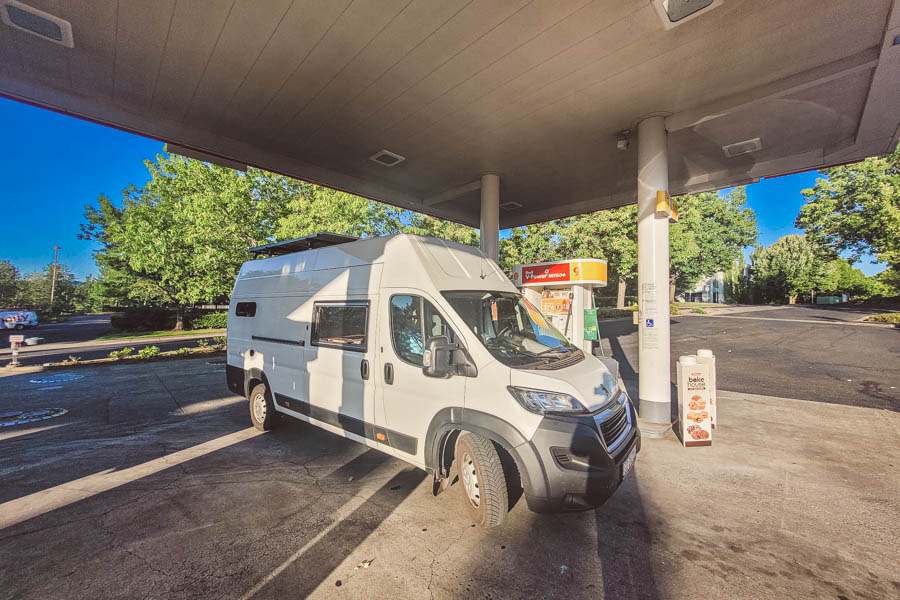

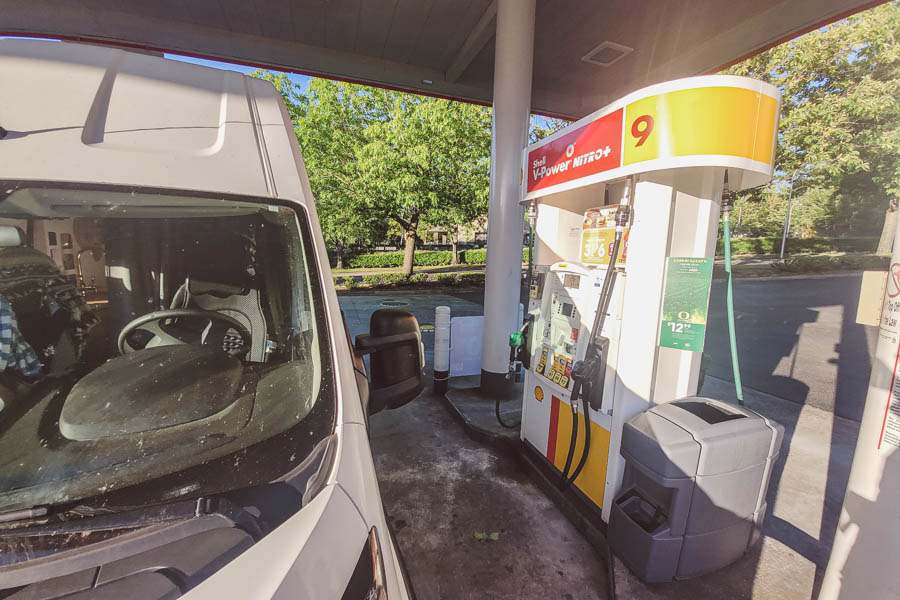

RV travel in the USA: Summary
Embarking on an RV travel in the USA offers an extraordinary and unforgettable adventure, allowing you to explore the captivating charms of this magnificent country.
Prior to setting off on your USA trip, it’s essential to acquaint yourself with some valuable insights that will enhance your vacation planning.
I sincerely hope that the aforementioned list proves to be a valuable resource, enabling your camper travel in the United States to be an exceptional and remarkable experience.
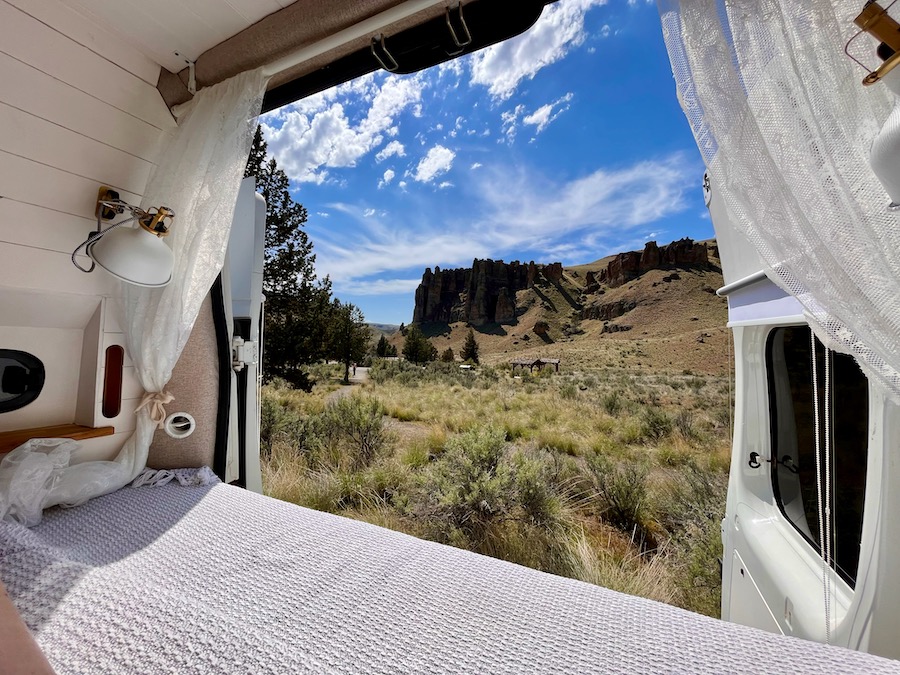

Save pin for later!
What other surprises did you encounter during your RV travel in the USA? Share your insights in the comments section below to help fellow travelers make the most of their experiences.
If you found this article enjoyable, remember to share it with your friends too. I wish you safe travels and unforgettable moments on the road!
